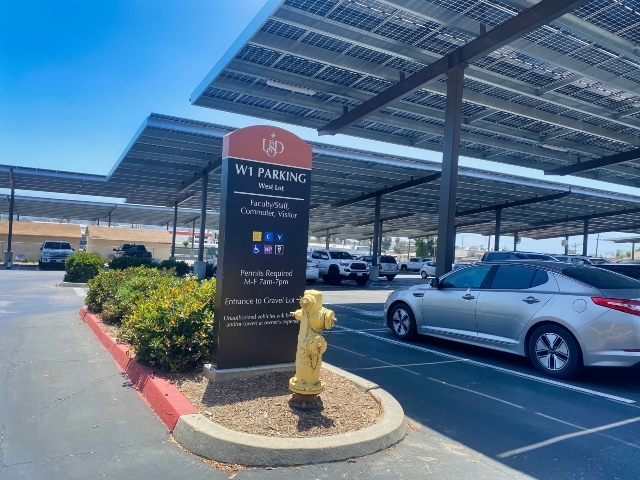EPIC Director Quoted in UT San Diego Article on Rates
A UT San Diego article on residential electric rates and solar technology quotes the Energy Policy Initiatives Director Scott Anders.
A new law will eventually overhaul how Californians pay for electricity and the state’s expensive push into green energy sources such as wind and solar.
We won’t know any details for a year or so, after the California Public Utilities Commission decides on a new rate design.
My guess is that regulators will tread carefully, so I don’t expect any drastic changes. But there will be winners and losers.
Bills are likely to rise a bit for energy misers and decline for energy hogs. And today’s lavish subsidy for rooftop solar probably will be scaled back, shifting the advantage to big commercial projects.
Assembly Bill 327, which Gov. Jerry Brown signed into law Monday, gives the PUC authority to change the system of rate tiers enacted during the state’s 2001 power crisis.
At the time, utilities were having trouble keeping the lights on. A botched deregulation encouraged generators to shut down power plants in order to push up wholesale prices.
So the Legislature designed rates to increase as consumption increased, capping costs for low-income consumers and people who used less electricity. As a conservation measure, the system worked pretty well – total consumption has been essentially flat for nearly a decade, although the Great Recession certainly played a role.
Over the same decade, California lawmakers required massive investments in energy from solar, wind and other renewable sources. Green power is expensive, so that pushed up costs.
With prices capped for the lowest usage tiers, all these costs were piled into the highest two tiers.
In 2001, power cost 13 cents per kilowatt hour in Tier 1 and rose to 19 cents in Tier 4 for residential customers of San Diego Gas & Electric Co., according to a recent paper by Scott Anders, director of the Energy Policy Initiatives Center at the University of San Diego.
Now, after a rate hike that took effect in September, Tier 1 costs 15 cents in the summer, while Tier 4 is a whopping 37 cents per kilowatt hour.
This huge disparity upends the traditional approach to rate making, in which regulators try to treat all customers roughly equally when divvying up the costs for generation, distribution and transmission.
“In the last 10 years, you had a skewed allocation of the actual costs,” Anders said. “If the utility has to pay more to buy renewable energy, is that cost due to the (consumers in the) upper tiers? No, it’s because of all the tiers.”
Contact:
Scott Anders
scottanders@sandiego.edu
(619) 260-4589



